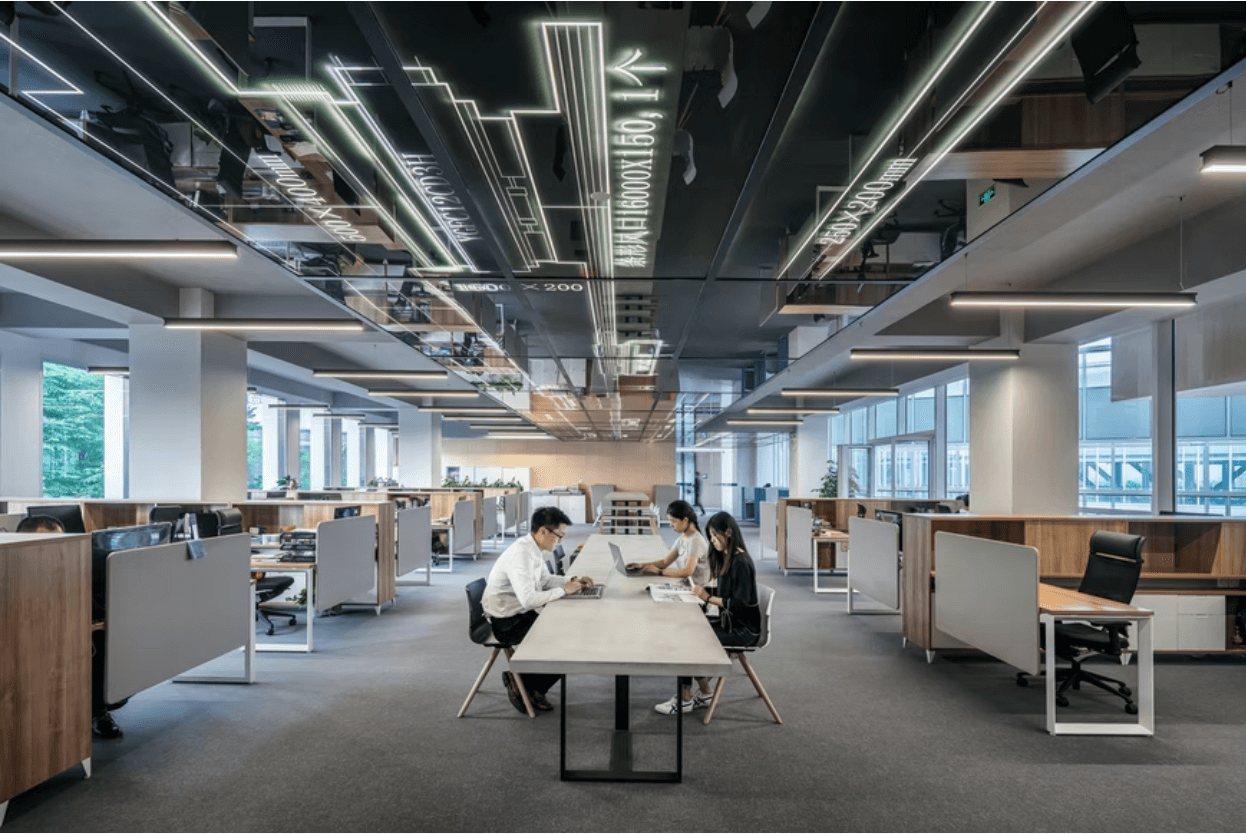In today’s business world, more and more companies are moving towards a collaborative workspace. The idea is that by sharing a physical space, employees will be able to work together more effectively. But does this lead to better productivity and collaboration? Or are there hidden dangers in shared spaces that can hurt a company’s bottom line? In this article, we’ll explore the pros and cons of shared spaces in a company so you can make the best decision for your business.
Pro: It Can Promote Collaboration
One of the biggest advantages of shared spaces is that they can promote collaboration between employees. When workers are sitting near each other, they’re more likely to strike up conversations and share ideas. This is especially useful in creative industries where a ” brainstorming” session can lead to breakthroughs that are essential for innovation. For instance, Google’s infamous ” 20% time” policy encourages employees to spend 20% of their working hours on side projects that they’re passionate about. This policy has led to the development of some of Google’s most popular products, including Gmail and AdSense.
Pro: It Can Be Cost-Effective
One of the biggest advantages of using shared space is that it can be cost-effective. When employees are all working in one physical space, there’s less need for individual offices. Instead, you can have large open spaces with plenty of desks and meeting rooms. If your office is located in Australia, one of the most expensive countries in the world to rent office space, then this can be a significant saving. The team behind Portable Partitions Australia says that investing in portable partitions can also help to create more space without the need for costly renovations. Not only will this save you money in the short term, but it will also make your office more flexible if you need to downsize in the future.
Con: It Can Lead To Distractions
While shared spaces can promote collaboration, they can also lead to distractions. When employees are sitting close to each other, it can be difficult to focus on individual tasks. This is especially true if you have workers who are chatty or tend to make a lot of noise. Shared spaces can also be visually distracting. If your employees are constantly being bombarded with visual stimuli, it can be difficult for them to stay focused on their work. However, if you must use shared space, there are ways to minimize the distractions. For instance, you can create separate areas for quiet work and collaboration. You can also provide employees with noise-canceling headphones or white noise machines to help them focus.
Con: It Can Be Overcrowded
If you’re not careful, shared spaces can quickly become overcrowded. When everyone is working in one physical space, it can be difficult to find a place to sit or stand. This can lead to frustration and even conflict between employees. To avoid this, it’s important to carefully plan the layout of your shared space. Make sure there’s enough room for everyone to move around freely and that there are plenty of places to sit or stand. You should also consider the number of people who will be using the space at any given time. If you have more employees than can comfortably fit in the space, you may need to create separate areas for different teams or shifts. The best way to avoid overcrowding is to start with a smaller space and gradually expand as your needs change.
Con: It Can Be Uncomfortable
Shared spaces can be uncomfortable for some employees. If you have workers who are introverted or prefer to work alone, they may feel out of place in a shared space. This can lead to feelings of isolation and anxiety, which can negatively impact their work performance. To avoid this, it’s important to create a comfortable environment for all employees. This means providing plenty of places to sit or stand, as well as plenty of storage for personal belongings. You should also make sure there’s enough lighting and ventilation so that the space doesn’t feel cramped or stuffy.
Pro: It Can Be Motivating
Shared spaces can be motivating for employees. When workers are surrounded by others, they may feel more inspired to do their best work. This is because they’ll see firsthand the impact that their work has on the company. Shared space can also lead to a sense of camaraderie among employees. When everyone is working together in one space, they may feel more connected to each other and the company as a whole. This can foster a sense of pride and loyalty, which can help to improve retention rates.

As you can see, while there are some downsides to shared space, there are also many benefits and ways you can minimize the negatives. Ultimately, whether or not shared space is right for your company depends on your specific needs and preferences. If you’re considering using shared space in your office, it’s important to weigh the pros and cons carefully to make sure it’s the right decision for you. So keep these things in mind and make the best decision for your business!

